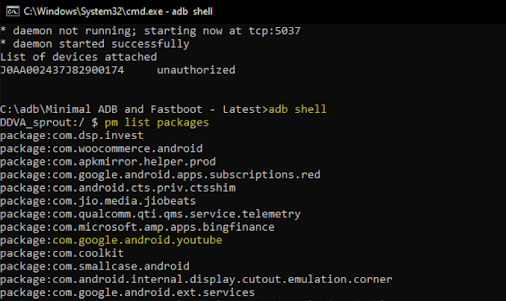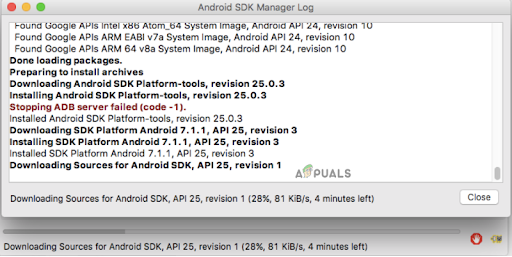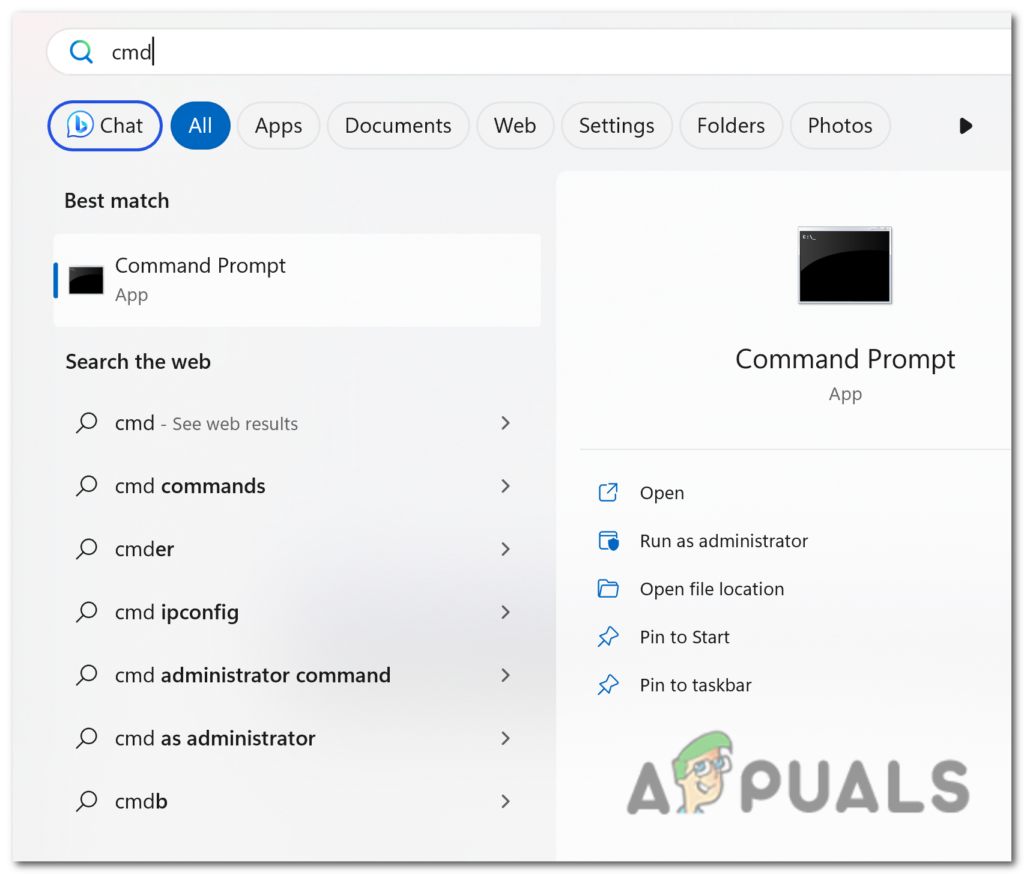How to Remove/Uninstall Any Android App With ADB?
Get rid of unwanted apps and bloatware using this simple guide!
Unwanted apps, commonly known as bloatware, can often be found pre-installed on Android devices from many brands. These could range from useful applications like Google Play Movies to truly useless junk that takes up space and uses system resources.

Fortunately, users can now uninstall any Android app with ADB – regardless of its status as a system app or bloatware.
In this guide, we will show you how to uninstall Bloatware Apps from Android devices via ADB Commands. With just a few simple steps, you can easily free up space and reclaim your device’s resources. So let’s get started!
Before you start!
It is essential to make sure you have the necessary components for the procedure. These include:
- A Computer
- A USB Data Cable
- An Android Device
Note: Unfortunately, this process is not compatible with Apple products.
Step 1. Installing Android Debugging Bridge (ADB)
The first step to setting up ADB is to install it on your computer. Follow these steps for a successful installation:
- Download the Android SDK platform tools package from the Android Developers website.
- Extract the files to a designated folder.
- Open a command line window in the same folder as the extracted files.
- Run (ADB –version) to check if ADB is installed correctly.
- If not installed, follow the instructions provided in our ‘How to install adb‘ guide.
- Once installed, ADB can be used to access and control your Android device from a computer.
- It can be used for debugging apps, installing custom ROMs, taking screenshots, and more.
- Make sure to keep the ADB-related files in a safe place, as they will need to be accessed easily every time you want to use ADB.

Install ADB on your computer
Step 2. Enable USB Debugging On Your Android Device
Now, you will need to enable USB Debugging on your device. This is a developer feature that allows access to the internal files and settings of your device. To enable it:
- Go to Settings > About Phone > tap Build number seven times (this may vary depending on your device).

In Settings, go to About phone and tap Built number seven times - Now go back to Settings > System > Advanced > Developer Options and turn on USB debugging.

Enable Developer options - A pop-up will appear asking you to confirm your choice – select OK to enable USB debugging.
Step 3. Connect your Device to the Computer
Before you can use ADB, you must enable Developer Options on your Android device. To do this, follow these steps:
- Connect your Android device to the computer using a USB data cable by plugging one end of the data cable into your Android device and then plugging the other end into an available USB port on your computer.
- When prompted, select “Allow” to permit your computer to access the device.
- Follow any other on-screen instructions if necessary.

Connect your phone to your PC and grant permission - Next, press the Windows key on your keyboard to open the start menu.
- Here, type Command Prompt or cmd in the search bar.
- Click on the Command Prompt application in the search results to open the terminal.

Type “cmd” in Windows search bar to open the Command prompt
Step 4. Uninstall the app
To uninstall, first, you have to identify the app. You can identify the apps installed on your Android device by two different methods: general names (e.g. Facebook, WhatsApp) and package names (e.g. com.facebook.katana, com.whatsapp).
The package name is a unique identifier that helps to differentiate between similar apps available in the Play Store and check their authenticity.
There are two methods to get the package name of all apps installed on your Android device:
Via Play Store URL: Open Play Store and search for the desired application. Now, once you have located it, copy the URL from the address bar and paste it into a notepad or anywhere else convenient. The part after “id=” will be your package name.
Via a Third-Party App: To do so, download and launch App Package Viewer 2.0 from Play Store, select the desired app from the list, tap its name and you will get its associated package name. That’s it! This is the easiest way to get the package name of all apps on your Android device.
Once you have copied the package name, run the following command in the terminal:
adb uninstall package-name
Replace “package-name” with the actual package name of the app you want to remove.
ADB will attempt to uninstall the app, and if successful, you’ll see a “Success” message in the command prompt or terminal window.
That’s it! The specified app is uninstalled from your Android device using ADB.





